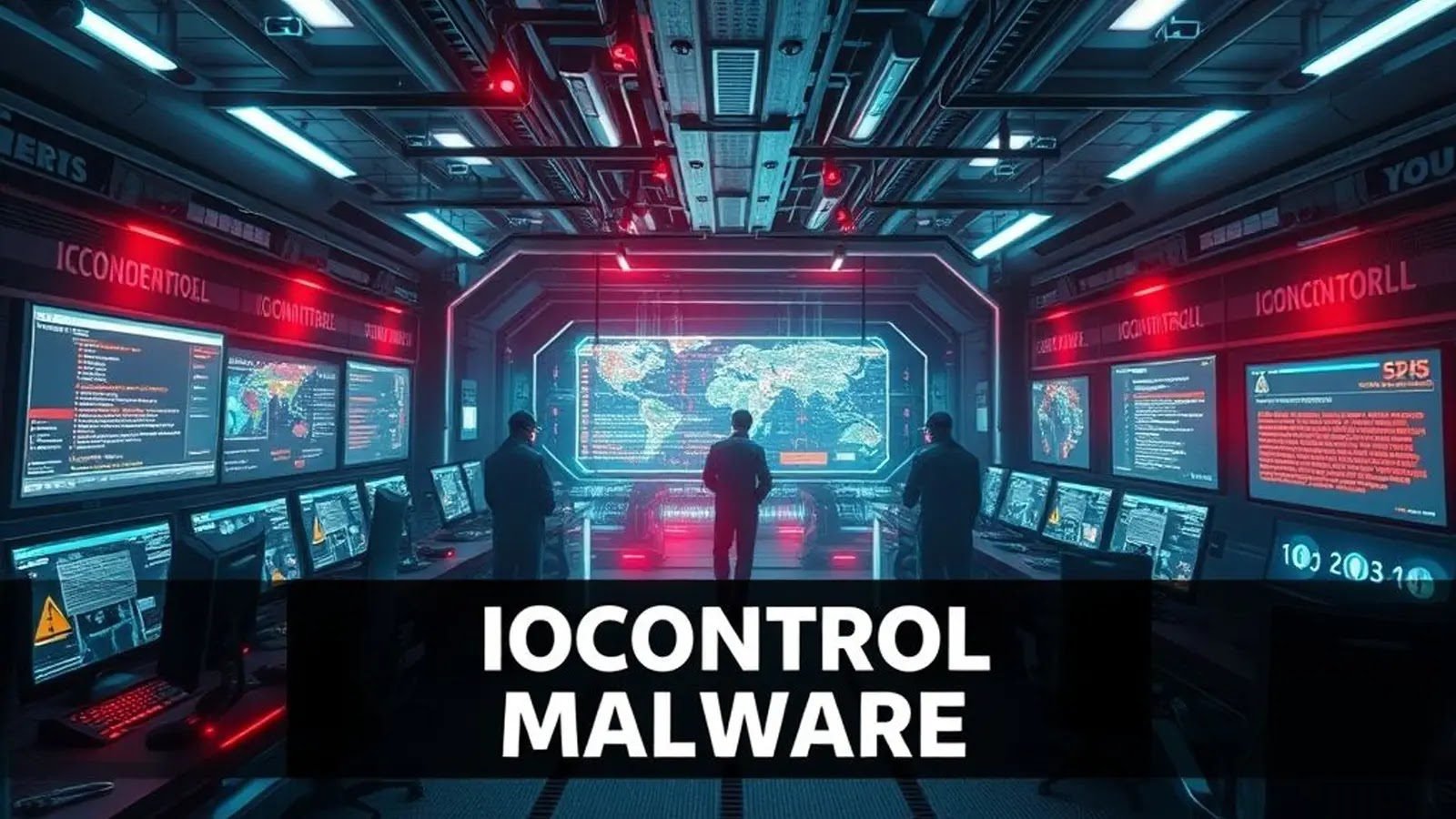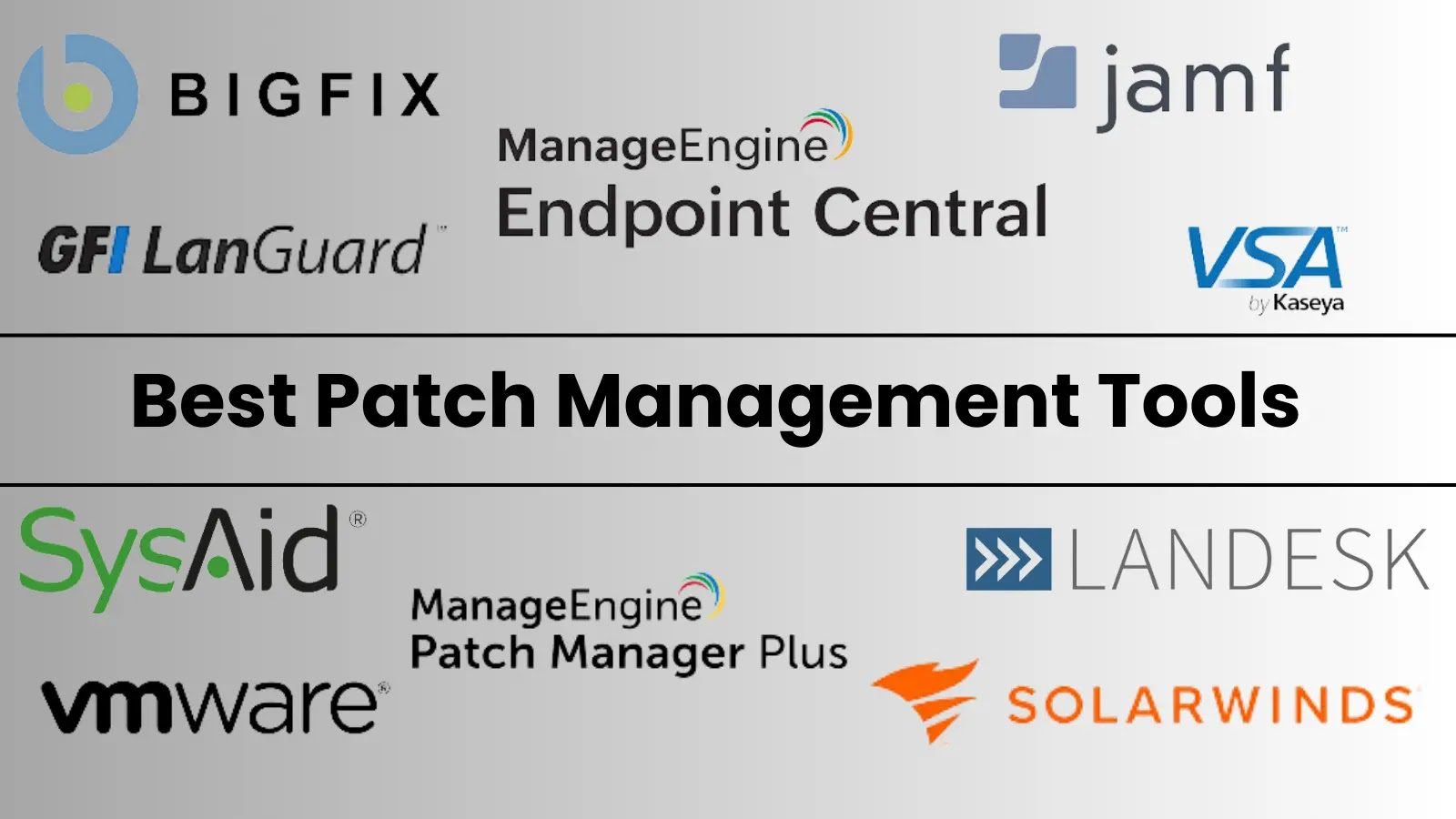How Developers Can Prevent Common Vulnerabilities Within an Organization
Nowadays, organizations are dealing with more and more cyberattacks that could cause huge damage to their operations. According to the latest statistics, 88.5 million people are victims of cybercrime each year.
Developers have an important job in protecting against these threats as they form the main structure of an organization’s digital system.
By setting up preventive actions, developers can reduce the risk of such threats and keep their organizations safe from typical weaknesses. In this article, we will explore how developers can prevent common vulnerabilities in a business by implementing several straightforward yet crucial practices.
Establishing Strong Coding Practices
One effective approach to preventing vulnerabilities is to establish and adhere to coding best practices. These methods are crucial for making sure software can resist attacks.
It means writing code that not only works but is also safe from being misused by those with bad intentions. This minimizes the risk of introducing vulnerabilities that attackers could exploit.
Developers should employ best practices such as input validation, proper error handling, and avoiding the hardcoding of sensitive information like passwords or API keys.
It is very important to make sure that the code does not have common weaknesses like SQL injection, cross-site scripting (XSS), and buffer overflow.
To do this, developers need to use tools such as static code analyzers, which can automatically find possible security problems in the codebase.
But no matter how careful the developers are, some vulnerabilities might still escape their notice. This is where third-party code audits become important.
When you let a different group do regular audits of your codebase, it offers an outside viewpoint that guarantees the strength and correctness of your coding methods.
Such audits might uncover places where security procedures require enhancement and give suggestions for enhancing general safety. With continuous review and adjustment of coding practices, developers can anticipate new threats beforehand, and decrease the possibility of incorporating vulnerabilities into their software.
Securing the Development Environment
Developers must make sure that their development environment is safe from possible threats, which may lessen the security of coded content written there, involving the protection of physical and virtual sides.
Regarding the physical aspect, only authorized people must have access to development workstations and servers. Developers need to implement multi-factor authentication (MFA) and robust passwords to safeguard their accounts.
Additionally, all devices employed in the development phase should be regularly updated with the newest security patches and antivirus programs.
When working remotely in their development environment, developers should use secure connections such as VPNs to ensure safety. Also, set up the version control system to need code reviews before combining any changes into the main branch.
This ensures that more than one person has looked at the code for possible weaknesses before it is added to the production environment.
When the development environment is protected, it helps lower the chance of unauthorized entry, data leakages, and similar security events that might threaten the trustworthiness of software under creation.
Staying Informed About Emerging Threats
The world of cybersecurity changes all the time, and there are always new risks and weaknesses. To stop the usual vulnerabilities in an organization, developers need to be updated about the newest threats and trends in security.
One method of staying informed is through joining cybersecurity communities, going to conferences, and signing up for security newsletters. Such resources can offer important understandings about new attack routes, vulnerability in security, and best practices for reducing threats. Moreover, developers need to keep track of security blogs and forums where professionals discuss their insights and experiences.
Keeping up with technology and knowing about the newest threats is very important. Developers must ensure they are always learning and improving their skills, understanding things like secure coding practices or how to handle data safely.
Additionally, developers should consider obtaining certifications such as Certified Secure Software Lifecycle Professional (CSSLP) or Certified Ethical Hacker (CEH). These types of certifications concentrate on secure coding techniques and cybersecurity methods.
By always being equipped with the current knowledge in security, developers can deal with new threats as they appear and stop any weak spots before they cause bigger issues.
Conducting Regular Security Testing
Doing different kinds of security testing is very important for stopping possible vulnerabilities in a system. This method allows developers to find and fix weak points before they are used by attackers.
One popular type of security testing is called penetration testing. In this method, ethical hackers try to find and use weak spots in the system. It can show hidden weaknesses that are not easy to see with code reviews or automatic tools.
Another important type of security test is vulnerability scanning. It uses automatic tools for checking known weak points in the codebase and infrastructure, or setup.
Besides these tests, developers need to do frequent code reviews and static code analysis. These actions help confirm that the code follows secure coding regulations and contains no basic weaknesses. Safety testing should be a continuous activity, not just done once but integrated into the development cycle.
Testing for security vulnerabilities regularly helps the developers to find and fix possible risks before they are used, lowering the total security danger for the organization.
Fostering a Culture of Security Awareness
The problem of vulnerabilities in an organization is not only for the developers to solve, it needs a group effort from the whole organization. Promoting security awareness across all areas and fostering a culture where everyone understands their role in protecting against threats is crucial.
This ensures that all employees recognize the importance of cybersecurity and actively contribute to safeguarding the company from potential risks.
Developers can be leaders who show the way in secure coding by putting into action their knowledge and abilities. They should also be willing to share information with other team members for everyone’s benefit.
This might involve conducting training sessions or workshops about cybersecurity best practices; such activities would help keep everyone updated and knowledgeable about the newest threats as well as how they can reduce them.
It is also important to enforce rules and steps related to security, which could lead to a general culture of being conscious about safety.
It is also essential to ensure that employees feel comfortable reporting any suspicious activities or potential vulnerabilities without fear of reprisal. A good security culture promotes open sharing and teamwork, making it easier for the organization to handle possible threats.
Developers, by building a culture of security consciousness can encourage an atmosphere where each person understands the significance of security. This may help to decrease the possibility that weaknesses are brought into their organization’s systems.
Bottom Line
Developers play a pivotal role in preventing common vulnerabilities within an organization. By establishing strong coding practices, securing the development environment, staying informed about emerging threats, conducting regular security testing, and fostering a culture of security awareness, developers can significantly reduce the risk of vulnerabilities being introduced into the software they create.
In a world where cybersecurity threats are constantly evolving, taking proactive measures to prevent vulnerabilities is essential to safeguarding the organization’s digital assets and ensuring its long-term success.






